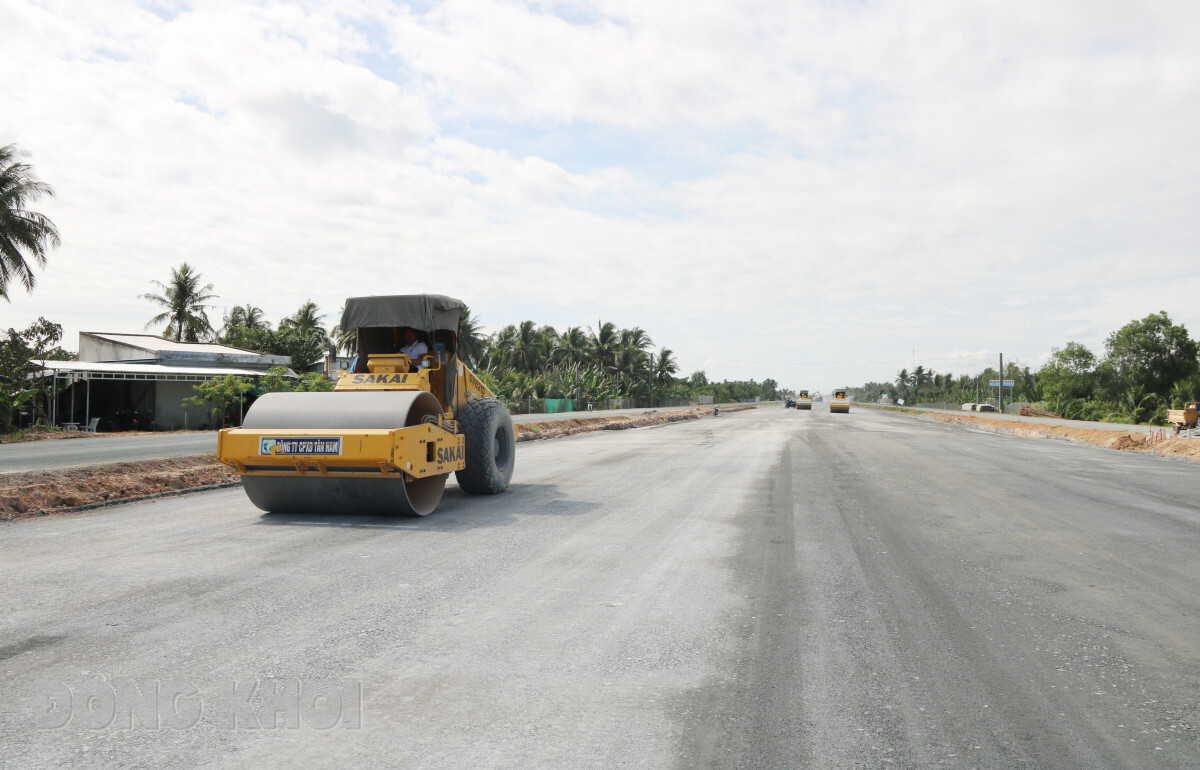
Construction of asphalt road surface of Rach Mieu 2 bridge project through Chau Thanh district.
From the numbers “0”
The province's road network was formed hundreds of years ago and was arranged in accordance with the terrain, including 3 road axes running along 3 islands. During the two resistance wars against France and the US, Ben Tre was a resilient province and set a shining example in the Dong Khoi movement in 1960. During the war, the province was a fiercely attacked area, so the road traffic system such as bridges, roads, and ferries were heavily damaged by bombs.
Before the liberation of the South on April 30, 1975, the entire bridge system of the province was the Eiffel and Bailley steel truss military bridge with low load capacity. The province did not have any permanent reinforced concrete bridges. The main road system was in a patchwork state. There was no national highway passing through the province. Most of the local roads were dirt roads or red gravel roads, so traveling in the dry season was very difficult, and in the rainy season, traffic jams were often observed. Some sections were completely cut off, such as: Interprovincial Road 60 (now National Highway - National Highway 60) from the Thom - Mo Cay intersection to the bank of the Co Chien River; DT.884 from Tien Thuy to the mouth of the Ham Luong River; DT.887; QL 57 (old DT.888) from Thanh Phu town to Thanh Phong, Thanh Hai; DT.883 from Binh Dai town to Thoi Thuan commune...
Looking at the documentary images of the current state of the provincial roads in the early years after liberation, one cannot help but feel sad when seeing a bus loaded with goods on the roof, the vehicle submerged in mud, no wheels visible, and passengers getting off the vehicle rolling up their pants and wading on the road... In 1975, the province had nearly 944 thousand people, but until 1978, along with the weakest road traffic system in the Mekong Delta, the provincial transport only had 129 vehicles (78 passenger cars, 51 trucks) under the management and operation of the Ben Tre Automobile Transport Joint Stock Company.
The history of the province's transportation industry records: "The bus stations were always crowded with people waiting in vain. Goods during the subsidy period were not as abundant as they are today, but due to scarcity, from rice grains, potatoes, bundles of vegetables, detergent packs, student notebooks... all became extremely essential to the lives of every citizen. However, transportation to and from places was often congested and delayed for many days."
Stretch and grow
Over the past 50 years, with the deep leadership and direction of the Provincial Party Committee and the Provincial People's Committee, the enthusiastic support and assistance of the Government and central ministries and branches, the provincial transport sector has strived to gradually implement its tasks and achieved very encouraging results.
Up to now, the whole province has 284.97km of national highways. The provincial national highway network is formed and arranged in accordance with the terrain, including: 1 North-South axis and 3 East-West axes. The main external traffic axis, the gateway to and from the province is the North-South axis (QL.60), this axis cuts through 3 islands, creating a continuous connection between the center of the province and the districts. This is the main road connecting the province with the provinces in the eastern coastal sub-region of the Mekong Delta. The second external traffic axis of the province by road is the 3 East-West axes (QL.57, QL.57B, QL.57C), this is the external route connecting Ben Tre province with Vinh Long through Dinh Khao ferry, to Can Tho city - the economic center of the Mekong Delta. At the same time, connecting with QL.60 towards Ho Chi Minh City and the Southeast provinces.
The provincial and district road system covers the entire province, connecting with the national highway system to ensure transportation needs and traffic connections. The province has 5 provincial roads, including: DT.881, DT.882, DT.883, DT.885 and DT.886, with a total length of 124.77km, 77% asphalted, the rest are roads and bridges under construction. District roads, including: 43 routes with a length of 422.27km, asphalted and concreted at over 95%. All 100% of communes have car roads to the commune center.
In April 2025, the people of the province welcomed the closing of Rach Mieu 2 Bridge. The Rach Mieu 2 Bridge project has reached 85% of the construction volume and is expected to put the entire project into operation in August 2025. The Rach Mieu 2 Bridge access road project invested by the province will open to traffic on April 27, 2025. This is one of many projects inaugurated and started in the province to celebrate the 50th anniversary of the Liberation of the South and National Reunification (April 30, 1975 - April 30, 2025).
At the recent closing ceremony of Rach Mieu 2 Bridge, Chairman of the Provincial People's Committee Tran Ngoc Tam expressed: "In recent times, the Government and central ministries and branches have paid much attention to the province and allocated funding to implement many works and projects for the province. Especially traffic works, including 2 Rach Mieu bridges. The invested traffic works help the province solve traffic congestion and link development for the province in particular and the Mekong Delta in general. The upcoming inauguration and operation of the Rach Mieu 2 Bridge project will have a great impact on the overall development of the country".
| In 2025 and the following years, traffic in the province will continue to improve thanks to the Government's attention to investing in breakthrough projects such as: Cua Dai Bridge connecting Tien Giang Province with Ben Tre Province. The coastal road connecting Ben Tre Province with Tien Giang Province and Tra Vinh Province under the PDO Program passes through Ba Tri and Thanh Phu districts. Co Chien 2 Bridge connects Tra Vinh Province and Ben Tre Province. Dinh Khao Bridge connects Vinh Long Province and Ben Tre Province. |
Article and photos: Thach Thao
Source: https://baodongkhoi.vn/cac-the-he-xay-cau-lam-duong-23042025-a145611.html


![[Photo] Russian military power on display at parade celebrating 80 years of victory over fascism](https://vphoto.vietnam.vn/thumb/1200x675/vietnam/resource/IMAGE/2025/5/9/ce054c3a71b74b1da3be310973aebcfd)
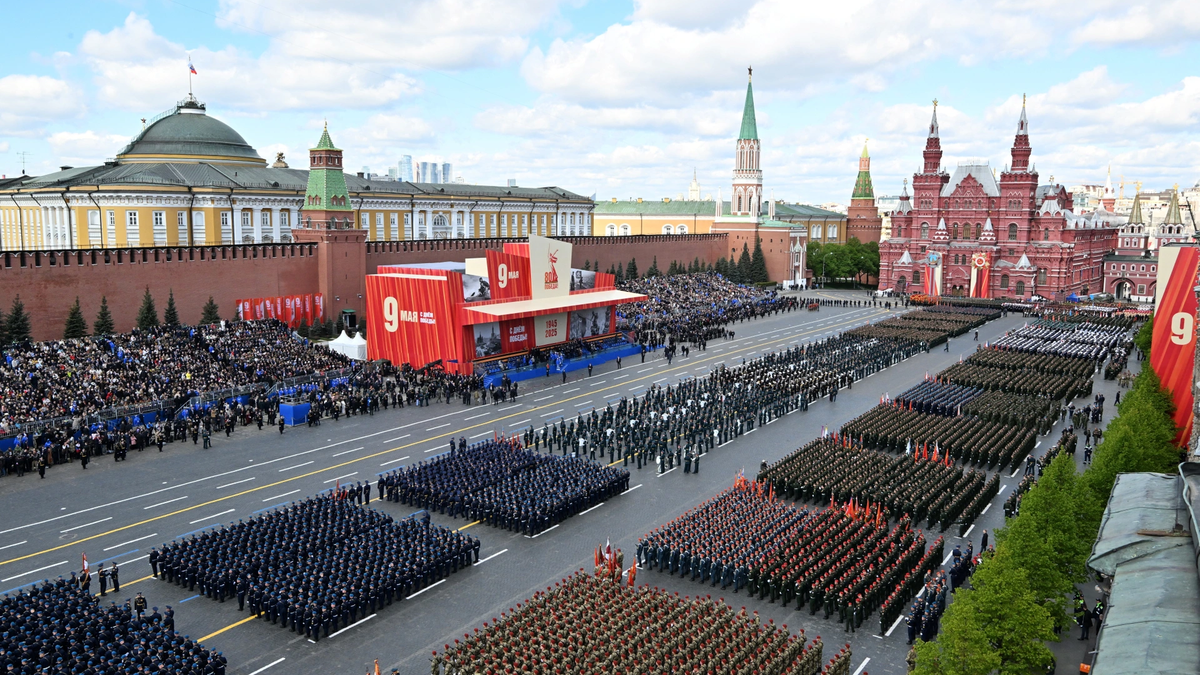
![[Photo] Ho Chi Minh City: Many people release flower lanterns to celebrate Buddha's Birthday](https://vphoto.vietnam.vn/thumb/1200x675/vietnam/resource/IMAGE/2025/5/10/5d57dc648c0f46ffa3b22a3e6e3eac3e)
![[Video] 24-hour news on May 9, 2025: General Secretary To Lam officially visits the Russian Federation and attends the 80th anniversary of Victory Day in the Great Patriotic War](https://vphoto.vietnam.vn/thumb/1200x675/vietnam/resource/IMAGE/2025/5/10/5eaa6504a96747708f2cb7b1a7471fb9)

![[Photo] General Secretary To Lam meets with Chairman of the Federation Council, Parliament of the Russian Federation](https://vphoto.vietnam.vn/thumb/1200x675/vietnam/resource/IMAGE/2025/5/10/2c37f1980bdc48c4a04ca24b5f544b33)
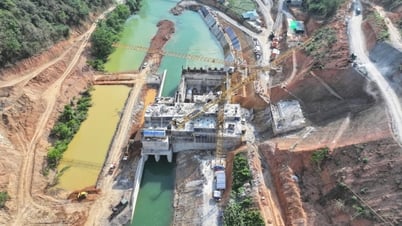
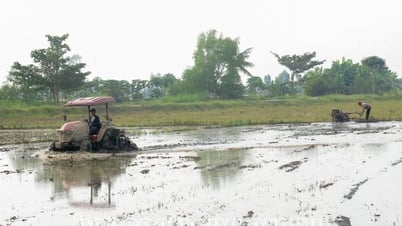
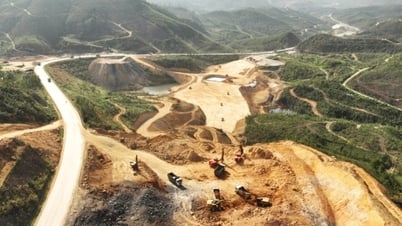
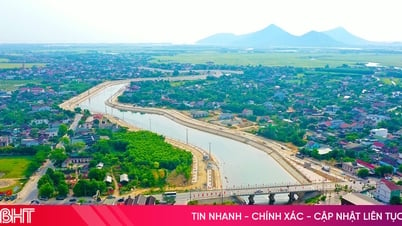
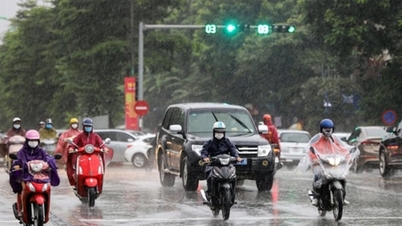





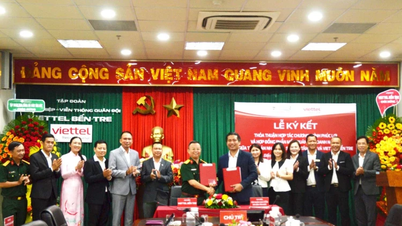

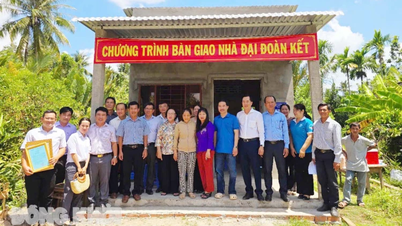

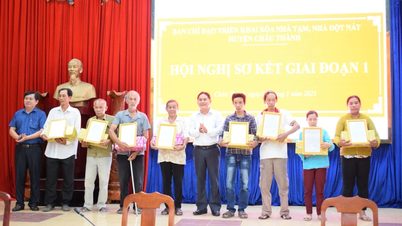
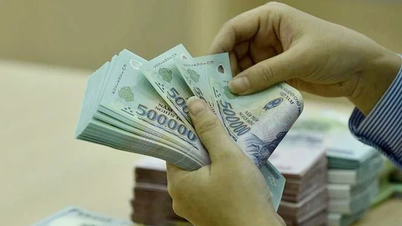
![[Photo] General Secretary To Lam and international leaders attend the parade celebrating the 80th anniversary of the victory over fascism in Russia](https://vphoto.vietnam.vn/thumb/1200x675/vietnam/resource/IMAGE/2025/5/9/4ec77ed7629a45c79d6e8aa952f20dd3)
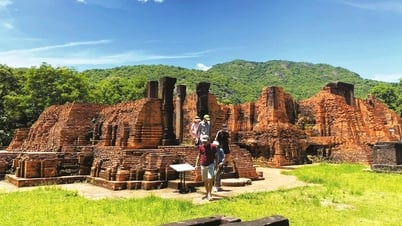































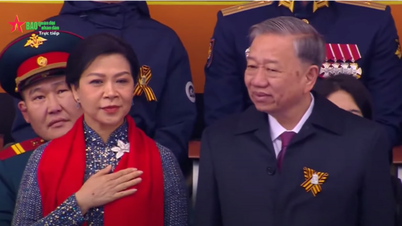




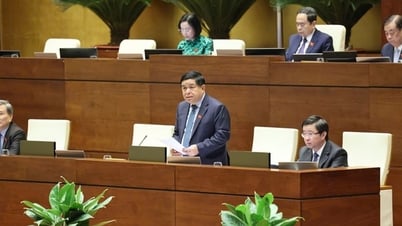

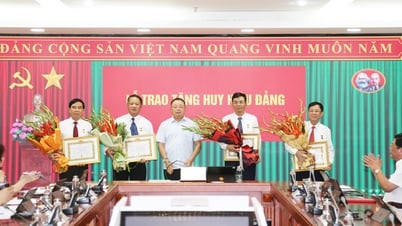























Comment (0)